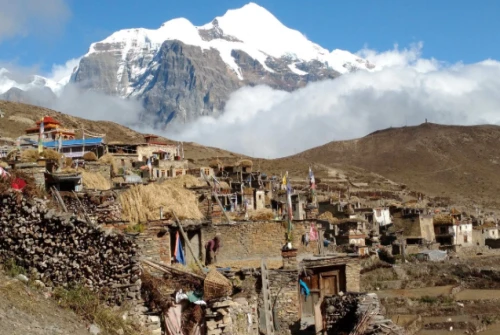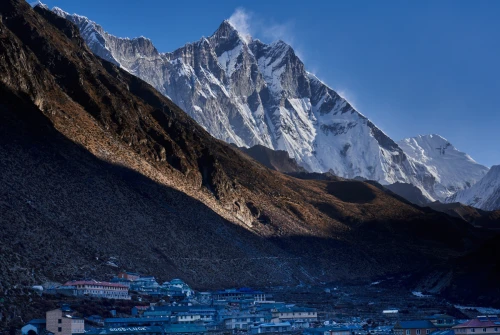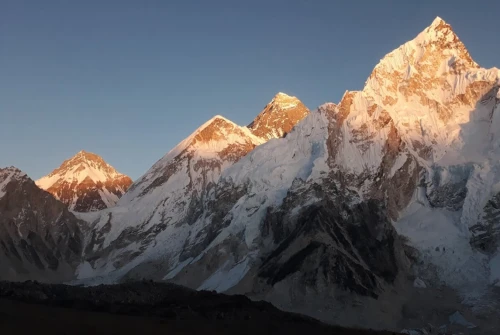On 29th May 1953, the world witnessed a monumental human achievement. Sir Edmund Hillary of New Zealand and Tenzing Norgay Sherpa of Nepal became the first humans to summit Mount Everest, the highest peak on Earth, standing tall at 8,848.86 meters (29,031.7 feet). Their success is not just a triumph of alpinism but a timeless symbol of human endurance, courage, and unity across cultures. Every year, International Everest Day is celebrated on 29th May to commemorate this legendary feat.
International Everest Day is a global observance celebrated every year to honor the historic achievement of Hillary and Tenzing. First commemorated in 2008 after Sir Edmund Hillary’s passing, the day is marked with ceremonies, rallies, processions, exhibitions, and mountaineering talks, especially in Nepal and New Zealand, the two countries most intimately connected to this history-making event.
Significance of 29th May in the Mountaineering World
This date has become synonymous with perseverance, exploration, and international friendship. It's not just about conquering a mountain, but about conquering fears, limitations, and the unknown. International Everest Day serves to inspire new generations of mountaineers and adventurers while paying homage to the sacrifices of the Sherpa community and all those who have perished in the pursuit of this summit.
How Nepal Celebrates International Everest Day
Nepal, home to Mount Everest (locally known as Sagarmatha), observes International Everest Day with national pride and deep reverence. Various events and celebrations are organized in Kathmandu and the Everest region, including:
Processions led by mountaineers and trekking groups
Wreath-laying ceremonies at the statues of Hillary and Tenzing
Interaction programs featuring Everest summiteers
Documentary screenings about Everest expeditions
Photo exhibitions showcasing the evolution of mountaineering gear and techniques
The Nepal Tourism Board, along with the Ministry of Culture, Tourism, and Civil Aviation, plays a key role in organizing these events. Schools, trekking agencies, and climbing federations also actively participate, making it a nationwide celebration of heritage and heroism.
Tribute to Sir Edmund Hillary and Tenzing Norgay Sherpa
Sir Edmund Hillary was not only a climber but also a philanthropist and humanitarian. After his historic climb, he dedicated much of his life to helping the Sherpa community, building schools, hospitals, and infrastructure in remote Himalayan regions through the Himalayan Trust.
Tenzing Norgay, one of the most skilled and respected Sherpas, became an international icon and a symbol of Nepalese pride and resilience. Their partnership symbolizes international cooperation and mutual respect, an essential message in today’s divided world.
Everest: The Ultimate Climbing Challenge
Mount Everest continues to be the holy grail of mountaineering. Despite the risks—avalanches, altitude sickness, and extreme weather—hundreds of climbers attempt the summit every year. International Everest Day also reminds us of the growing challenges facing the mountain today:
Climate change is causing glacial melts
Overcrowding and commercialization of Everest climbs
Environmental degradation due to unmanaged waste
Safety concerns for both climbers and Sherpas
These issues are highlighted through conferences and discussions held during International Everest Day, calling for sustainable mountaineering practices and better safety measures.
Tourism and Economic Impact in Nepal
Mount Everest and its surrounding areas are a vital part of Nepal’s economy. Trekking in the Everest region attracts thousands of tourists each year, contributing significantly to employment and revenue. International Everest Day helps to promote Nepal’s tourism on a global stage, showcasing:
Trekking routes like Everest Base Camp (EBC) Trek
Cultural villages like Namche Bazaar
UNESCO World Heritage Sites like Sagarmatha National Park
The celebration acts as a marketing platform that positions Nepal not just as a destination for thrill-seekers but also for cultural and ecological tourism.
Legacy of Sherpas: The Unsung Heroes of Everest
No Everest tribute is complete without acknowledging the indispensable role of the Sherpas. They are the backbone of every expedition—guiding climbers, carrying supplies, and sometimes sacrificing their lives in the process. On International Everest Day, numerous organizations host special appreciation events for Sherpas, offering awards, scholarships, and storytelling platforms that document their lived experiences.
International Recognition and Solidarity
Countries around the world, especially New Zealand, the United Kingdom, and the United States, join in commemorating International Everest Day. Events include:
Mountaineering film festivals
Academic conferences on Himalayan studies
Community outreach and youth adventure programs
This global recognition strengthens cultural ties and reinforces the value of international unity in overcoming adversity, much like the Hillary-Tenzing partnership.
Why International Everest Day Still Matters Today
Everest remains a reminder of nature’s grandeur and the human capacity to dream big in a world increasingly dominated by technology. The celebration is not just about looking back, but also looking forward—encouraging young people to pursue adventure, respect nature, and honor legacy.
International Everest Day encapsulates timeless values:
Perseverance in the face of adversity
Unity across nations and communities
Respect for indigenous knowledge and tradition
Commitment to environmental conservation
Conclusion
International Everest Day – 29th May is not just a date on the calendar. It is a global celebration of courage, legacy, and aspiration. As we honor the monumental ascent of 1953, we are also called to reflect on how we interact with nature, with each other, and with history. It is a day that continues to uplift, educate, and unite people across continents.




